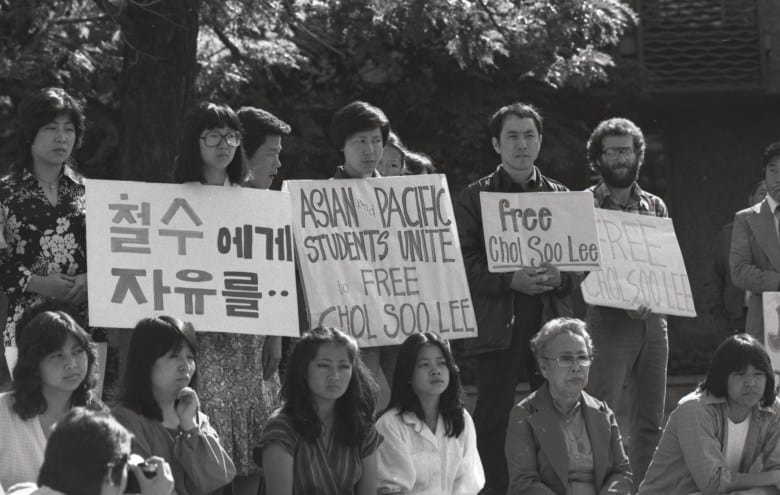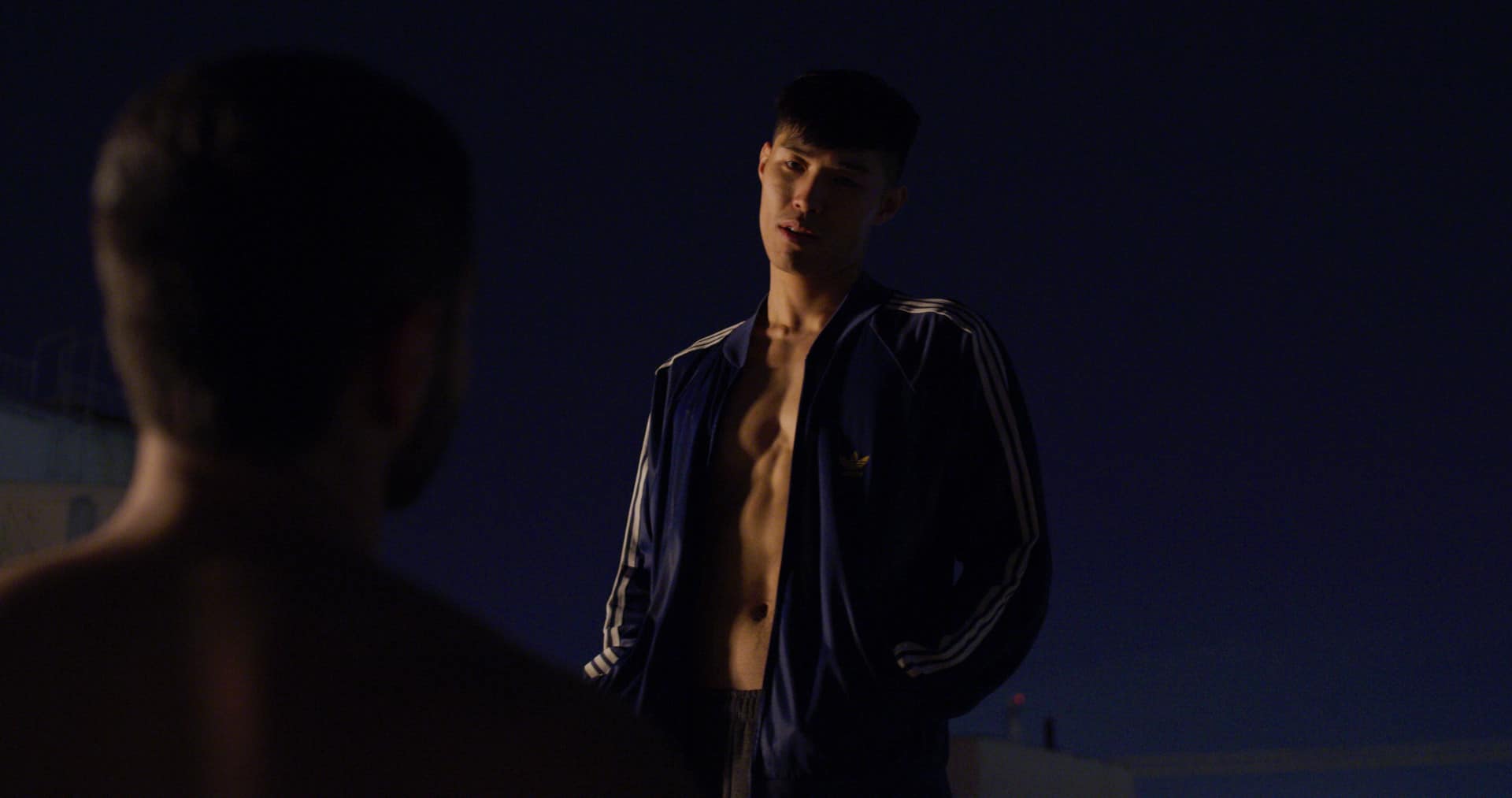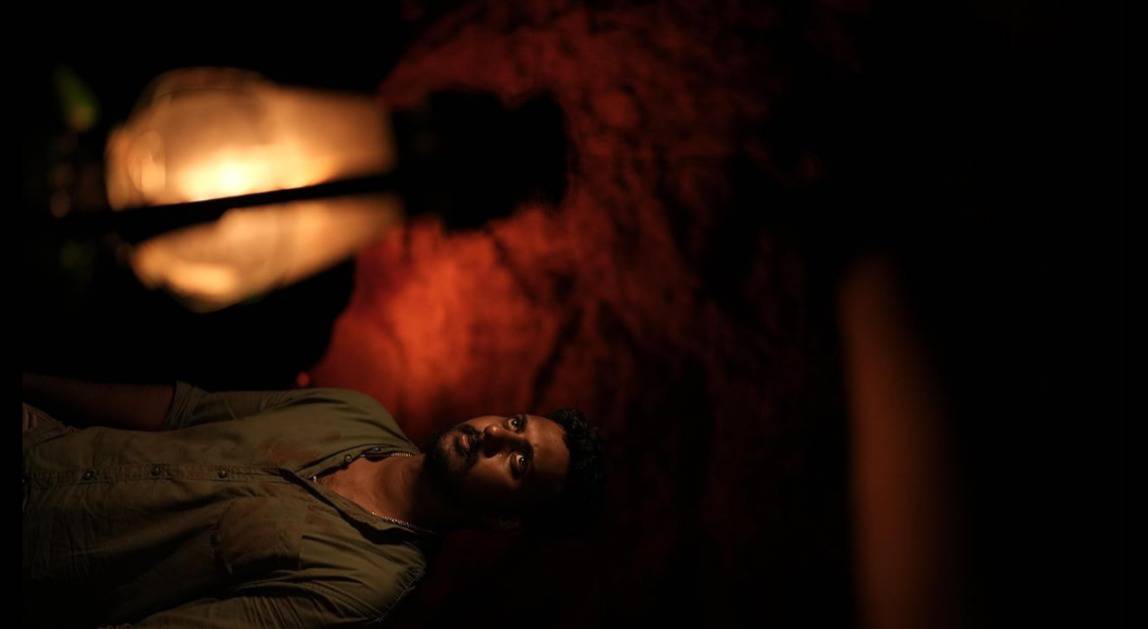This past weekend, Julie Ha and Eugene Yi's debut documentary “Free Chol Soo Lee” premiered as part of Sundance's US Documentary Feature competition. This movie marks the most recent in the line of Korean American productions that have been on the festival circuit, including Isaac Lee-Jung's “Minari” (which had also premiered at Sundance) and Justin Chon's “Blue Bayou”. Unlike the other two, however, “Free Chol Soo Lee” is stalwartly grounded in history. Sifting through archival footage, live interviews, and most powerfully, Chol Soo Lee's own written words, Ha and Yi resurrect this ex-death row's convict's eloquence in documentary format on the silver screen.
“Free Chol Soo Lee” is playing in Sundance Film Festival. It is competing in this year's US Documentary Feature.

Despite the title, “Free Chol Soo Lee” is not just about the man at all. The documentary instead holds up Chol Soo Lee, a San Francisco street urchin, as a symbol of the Absurd in 20th century America. In his first few years in the US, he had been locked up in an asylum for not knowing how to speak English; later, he was wrongly convicted of double murder in the 1970s as he “looked like” the (also Asian) shooter. As Chol Soo Lee's unfair imprisonment came to light (apparently, the cops thought he looked the same as any other Chinese man on the street), a surge of Asian American activism swelled forth. From lawyers to church members to university students in both the US and South Korea, the documentary records the rallying community forces that conspired to set Chol Soo Lee free. His imprisonment, the film suggests, sparked a pan-Asian movement to recognize individual Asian identity.
This already marks a two serious tensions that belabor Asian American discourse today. Ha and Yi argue that Chol Soo Lee was wrongfully convicted because of the assumption that all Asians look alike. Isn't it ridiculous, they suggest, that a white police officer should assume an Asian man's ethnicity? Isn't it preposterous that someone could be imprisoned for nine years for such a sleight of hand? And yes, clearly, it is a insane circumstance. After spending a good quarter of the documentary on this point though, one does have to wonder about Ha and Yi's intentions. Why is it so important to underscore Chol Soo Lee's Korean identity? (Is it, one wonders, the KOFIC funding?) Despite all the clearly pan-Asian support he received, Ha and Yi repeatedly try to isolate him as Korean. Chol Soo Lee is not just a part of Asian America, but he instead specifically a symbol of Korean America.

The second tension the duo grapple with is more endemic to Chol Soo Lee's own biography: that of the individual and the collective. As his mentor, K.W. Lee points out in the film, Chol Soo Lee was almost a perfect metonymy for South Korea. Born on Independence Day (August 15) with one of the most common Korean names at the time, he almost seems like a textbook John Smith for his case. Ha and Yi try to preserve his individuality though, by methodologically pacing the documentary to his biography. In this chapter, Chol Soo Lee is wronged; in this chapter, Chol Soo Lee is set free; in this chapter, Chol Soo Lee falls out of favor and fame. They heavily quote his letters too, many of which reveal his deeply political consciousness. But like the man was subsumed by the movement, his posthumous rendering is likewise swallowed into a larger historical moment. While Sebastian Yoon (another ex-con, in fact) does a wonderful job of re-enacting Chol Soo Lee's voice, the very act also extends Chol Soo Lee's presence beyond his own body. Yoon, like Chol Soo Lee, has become an extension of a bigger injustices of the California imprisonment system.
With all of this in mind, its tunnel vision is both its strength and a weakness. On one hand, the documentary does point out the paradoxes and importance of singling out the individual (ethnicity and person) amid the crowd. On the other hand, the documentary neglects to mention the Black and brown activism on race-based and incarceration issues in the Bay Area as well. In this battle between the ignorant (white) West and Asian American diaspora, broader considerations about immigration and the racialized Other are eluded to — but ultimately neglected.
But a single documentary cannot address everything. For what “Free Chol Soo Lee” does accomplish in 90 minutes, it does so quite neatly. Other than a brief animated insert, the film sticks to a textbook, PBS-like format. It combs through Chol Soo Lee's letters and televised footage; Ha and Yi interview a plethora of his surviving friends and mentors. It is informative as it is well-researched; it is carefully edited and humorous in between. It is just these tensions – of the individual and the many – that makes this deceptively simple documentary a complex watch. In just around 90 minutes, “Free Chol Soo Lee” brings to light the deep complexities of narrativizing Asian diaspora.














